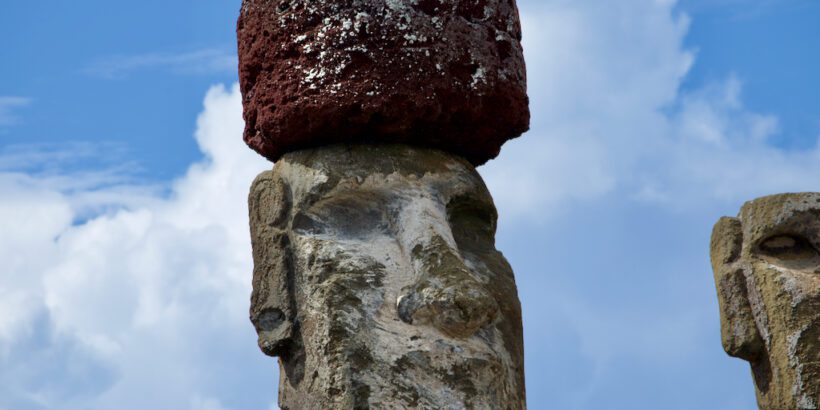If there’s one place in the middle of the Pacific Ocean that seems like it would qualify as a wonder of the world, it’s probably Easter Island.
But is Easter Island and its stone statues (called moai) actually a wonder of the world?
Below, we will explore this question and dive into some of the details to better understand what counts as a wonder of the world.
Table of Contents
Is Easter Island a wonder of the world?
Easter Island is not considered one of the 7 wonders of the world by the leading authorities on natural wonder designation. With that said, Easter Island’s moai have still been recognized as one of the top wonders of the world and it could be argued that they are the 8th wonder of the world.
Keep reading to find out more!
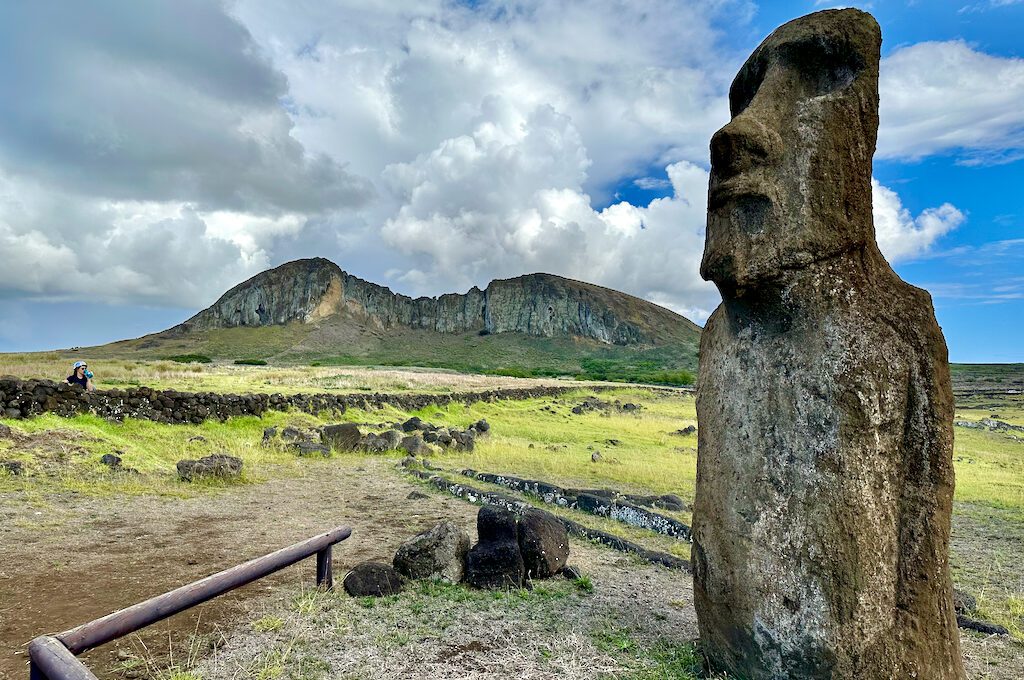
What are the wonders of the world?
The original Seven Ancient Wonders of the World were seemingly designated by a few different people but one of these could’ve been Philo of Byzantium’s work in 225 B.C. called On The Seven Wonders.
These sites were:
- Temple of Zeus at Olympia
- Temple of Artemis at Ephesus
- Mausoleum at Halicarnassus
- Colossus of Rhodes
- Hanging Gardens of Babylon
- Pharos of Alexandria
- Pyramids of Giza
If somebody tells you that they have visited the seven ancient wonders of the world, ask them if you can borrow their time machine because the only one of these seven wonders that still exists is the pyramids of Giza.
In fact, there is even debate if some of these ever existed at all!
But more recently, a new global initiative took place to allow the public to vote on the seven wonders of the world but also appeared to use an expert panel selection system.
This platform considered over 100 million votes and they arrived at the following new 7 wonders of the world:
- Great Wall of China
- Colosseum
- Taj Mahal
- Chichen Itza
- Petra
- Machu Picchu
- Christ the Redeemer
All of these still exist today but you’ll see no Easter Island on that list.
(It’s worth noting that there are several other types of “greatest wonder” lists, including some that focus on natural wonders or specific types of engineering achievements.)
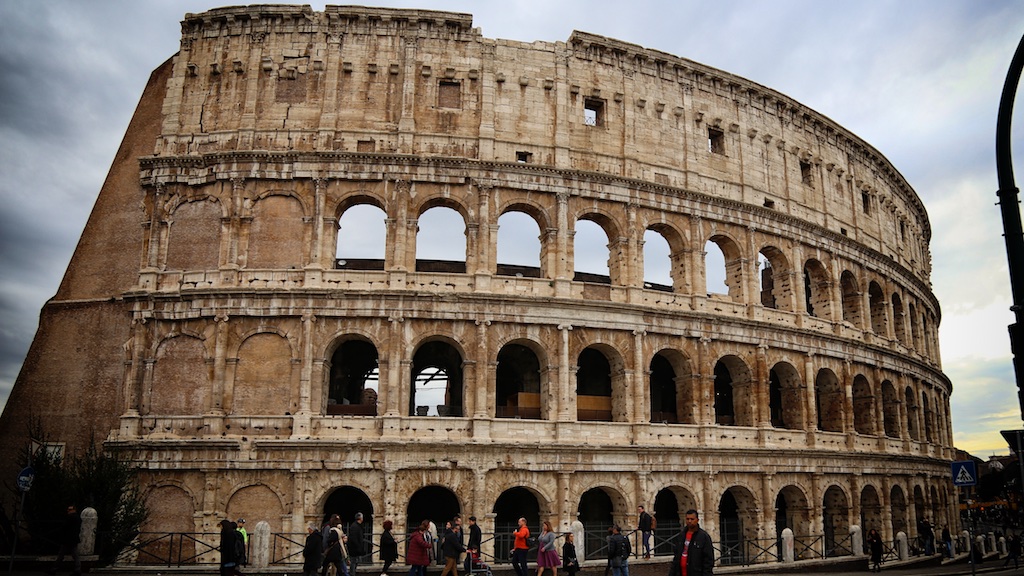
Even though Easter Island didn’t make it as one of the new 7 wonders, it still made it in as one of the top 21 finalists.
Initially, there was a list of 176 sites and that was reduced to 77. That figure was was further reduced to 21 in 2006 and Easter Island moais were one of the items on that list.
It’s also reported that the Easter Island moais finished 8th, which I guess technically would qualify them as an “eighth wonder of the world.”
So there are a few things to say about Easter Island’s designation.
First, the designation for Easter Island is a little bit “looser” than other sites.
That’s because it is specifically the Easter Island moai that was on the list — not the entire island.
That’s interesting because there are roughly 1,000 of these moai statues found all around the island in various shapes and sizes.
Some have been preserved very well, others have been partially restored, and then there are many that are basically just ruins.
Some other candidates on the list are somewhat similar to the Easter Island moai like the Great Wall of China that has several different parts (in various stages of preservation) but a lot of the names on the list are specific sites with clearly defined borders and boundaries.
That could be one reason why Easter Island did not end up on the final 7 list. The designation is not quite as “clean” as it is for other places.
But still, the fact that it landed in the top 21 (and likely the top 8) of all places located around the world is still extremely impressive.
It is right up there with other sites like Stonehenge, the Eiffel Tower, and Sydney Opera House, in terms of being universally recognized.
Even if people don’t know the name “Easter Island” or “Rapa Nui” they recognize the statues and probably associate them with “somewhere” in Polynesia.
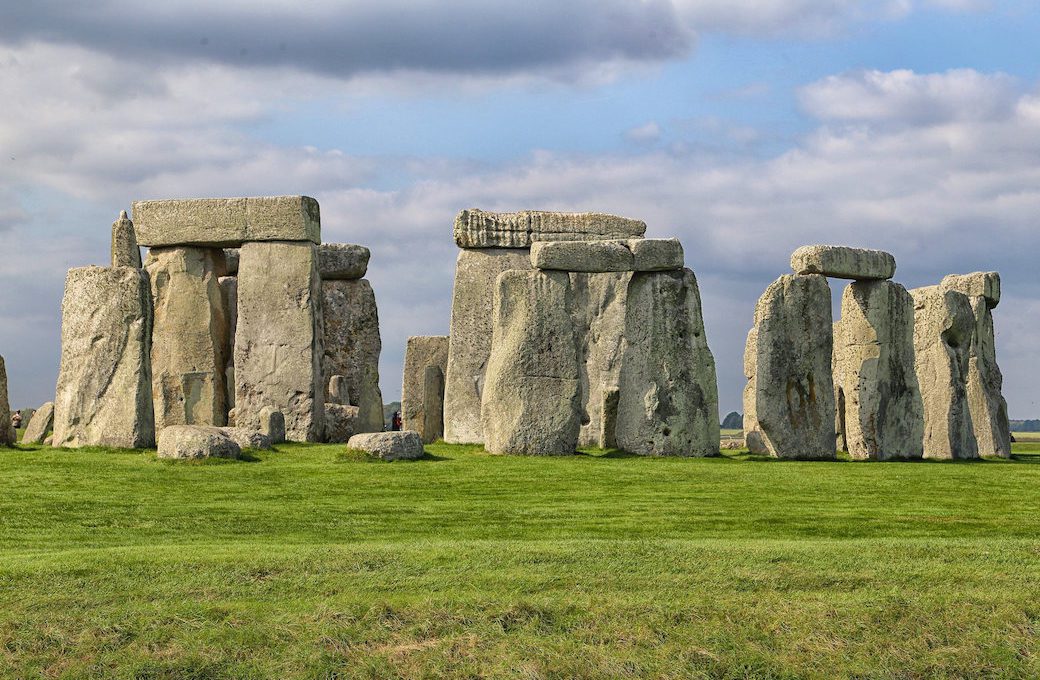
In the end, while I fully appreciate what New 7 Wonders has done (they’ve done a lot more than create lists) a list of seven wonders is a completely arbitrary (and outdated) cut off in my opinion.
While we have pretty much all grown up with the familiar idea of “seven wonders of the world,” it’s a pretty wild assumption that there would only be seven sites in the world in a league of their own and deserving of such a classification.
This is especially true when you think about the fact that the ancients initially picked out their seven wonders from such a tiny region of the world since they had not discovered other parts of the globe yet.
Our world in the 21st century is so vastly different from what it was 2,000 years ago that it’s kind of crazy we even still try to reduce all of our most amazing places to seven like the ancients did.
I highly doubt that if the ancient Greeks or Romans had access to today’s sites, they would have ever thought about stopping at a “top 7” list.
Consider that when putting these travel lists together the ancient Greeks spoke of “theamata” (θεάματα), which simply means “sights” or “things to be seen.”
To me, it’s more about thinking about what places make up the most fascinating sites in the known world, regardless of how long that list gets.
Don’t get me wrong, there’s value in making special lists for the most fascinating places. And I get it, it’s fun to debate and think about the “7 wonders,” check them off a bucket list, etc.
My argument is just that there are probably dozens of places that will fascinate the masses at an optimal level, so why leave so many out? Just for the sake of tradition? Because 7 is catchy or easy to remember?
I don’t know how many places would be on a modern equivalent of the Greeks’ “things to be seen” list but I have to believe it would be more than seven.
And without a doubt, I believe Easter Island would be on this list.
Why is that?
Let’s take a look.
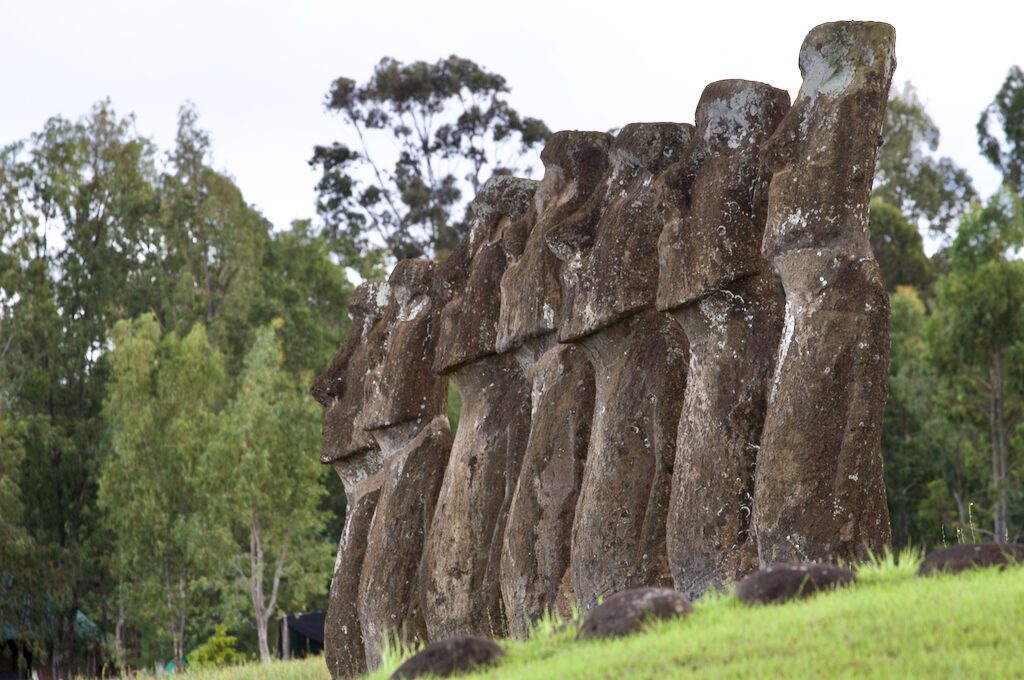
Why Easter Island should be a natural wonder
First, I just think the fact that Easter Island existed as an inhabited island for centuries is very notable from a human achievement standpoint.
That Polynesians even located this tiny island in the vast Pacific is monumentally impressive enough to begin with.
But it’s the moai culture that stands out above all else, especially when you understand what it entailed.
These statues were designed to represent the ancestors of the inhabitants of Easter Island.
Not just in a way that remembered them but in a way that captured supernatural power that could be used to protect their clans or community. This power was called “mana.”
These statues were huge and heavy. The average height was roughly 13 feet but some were much larger.
The biggest one to make it to a platform at Te Pito Kura stood 10 meters tall and probably weighed 80 tons or more, so perhaps around half the weight of a 747.
In the quarry, there was one moai being built that would’ve stood close to 70 feet tall!
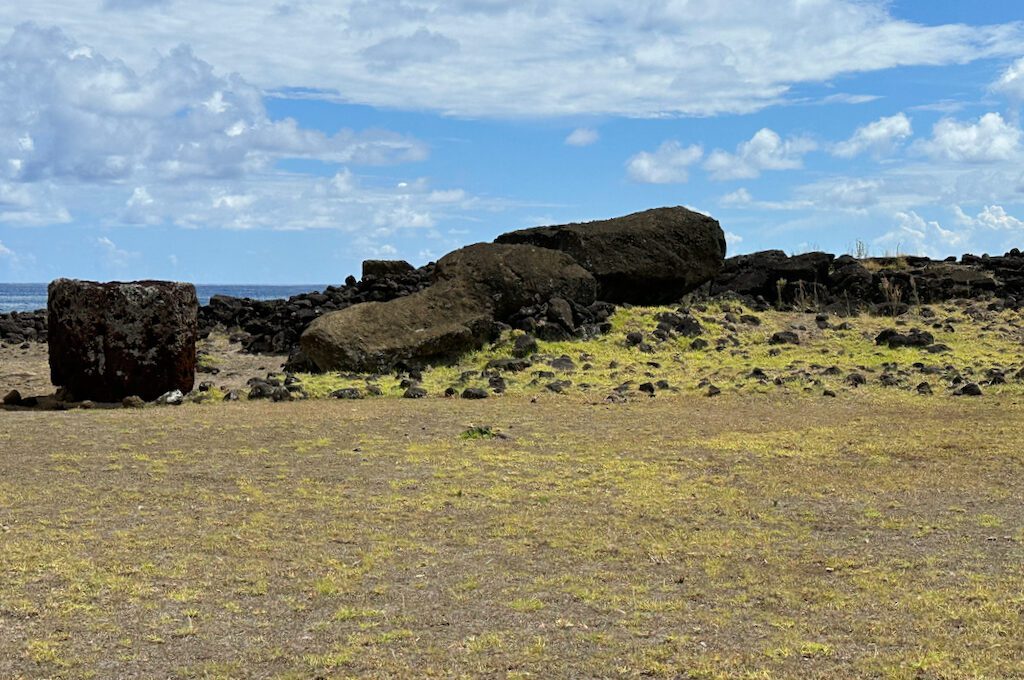
Now think about how the moai were moved several miles through hilly terrain all around the island, possibly being “walked.”
For large moai, this could have involved hundreds of people utilizing a sophisticated system of ropes and coordinated balancing — a truly underrated feat that probably took untold hours of trial and error.
This is evident by all the road moai that never made it to their final destination.
About 300 made it to their final destinations (ahus) but about 100 are found en route to ahus. That’s a very high failure rate which further shows the difficulty of their work.
Imagine having to wait a year for a sculpture to be finished only for it to fall over during transport and then being forced to abandon it and start over.
It had to have been an absolutely grueling process sometimes, especially considering the spiritual significance of the statues.
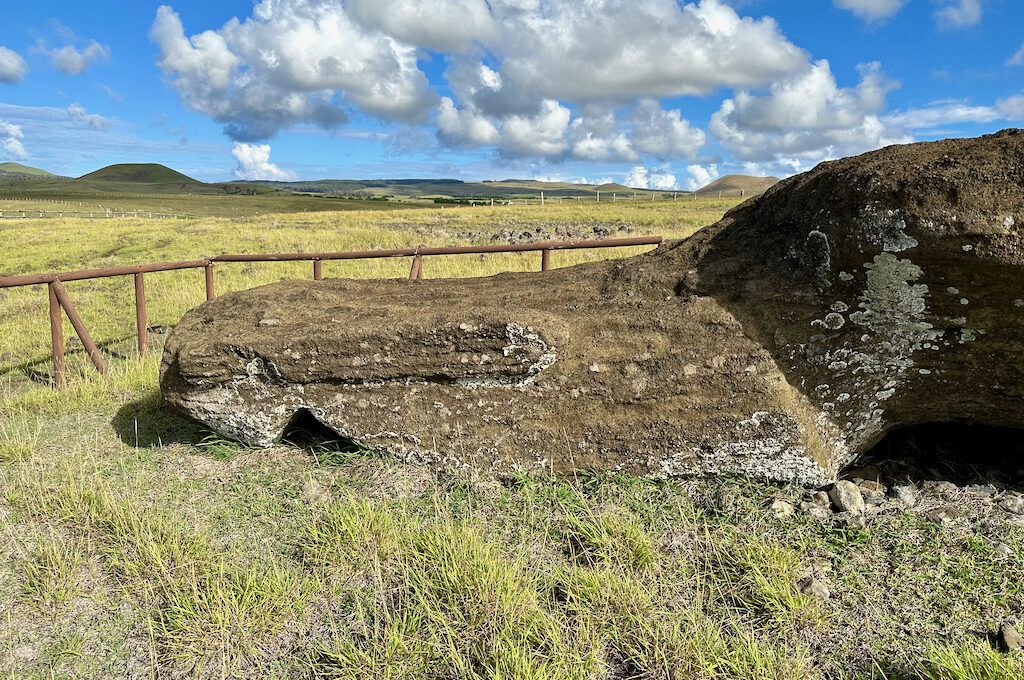
At the end of their journey, the moai would eventually be placed on a raised ahu platform and then have a huge and heavy hat (pukao) placed on top of them to finish off the job, all of which sounds massively complicated and risky to execute.
This entire system and all the requisite skills of the moai culture were developed in isolation and persisted for a few hundred years — longer than the existence of the US. (There is some debate as to when exactly these were created but they were generally thought to be created between 1,100 and 1,650 AD.)
There may have been some limited contact with South America or other cultures but based on the research I’ve seen, the evidence suggests that the Rapa Nui existed largely without much outside influence.
That’s one of the crucial factors I think about.
Consider that in 100 AD Rome had a population of over 1,000,000 and even ancient Egypt had millions of people.
That’s a very different type of environment for fostering ideas, developing engineering, and of course accessing trade and resources (slavery is obviously a major consideration, too).
So when you consider the level of construction and engineering that went on in Easter Island — with such an isolated and small population — it’s even more impressive what they were able to accomplish and it says that much more about human achievement and creativity.
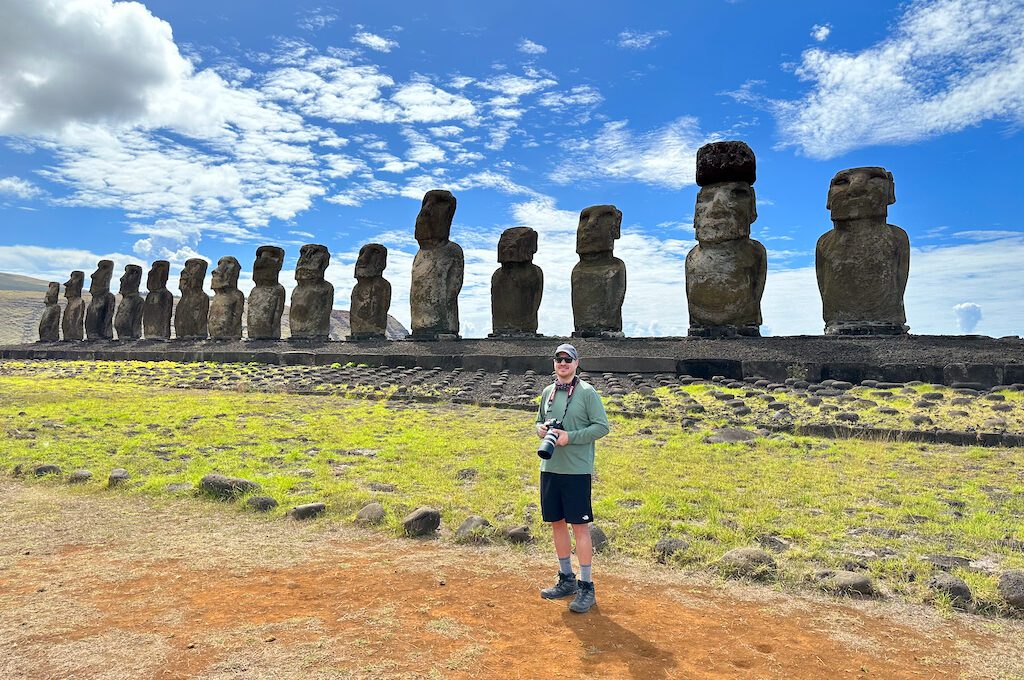
I think the biggest case against Easter Island landing on the list is just the damage that was done to the moai.
Initially, these statues represented ancestors who had supernatural power to protect their people. But overtime, the people in the island faced tough times including things like starvation and battles over resources.
This ultimately led to them rejecting their stone ancestors and it’s probably the main reason why so many statues were toppled over.
Other events like earthquakes and tsunamis also contributed to damage to these so lots of the moai had to undergo restoration efforts.
They lost the coral eyes that once fit into their face, many lost their hats, and several were broken. A lot of the restoration efforts that begin around the 1950s have been very successful. Lots of the statues are beautifully preserved or “put back in place.”
However, even the Great Pyramids are missing much of the original look and it’s not hard to notice the significant sections missing from other sites like the Colosseum in Rome. So I don’t think the damage is much of a factor for not including Easter Island.
Final word
Easter Island is not considered one of the seven wonders of the world by the leading authorities on this subject. However, the moai did make it into the top 21 finalists for the new wonders of the world and likely landed at the #8 spot.
Ultimately, I question the arbitrary cut off at seven when designating modern “wonders of the world” and fully believe that Easter Island should qualify as one of the most fascinating places to visit on the globe a.k.a. a wonder of the world.
Daniel Gillaspia is the Founder of UponArriving.com and the credit card app, WalletFlo. He is a former attorney turned travel expert covering destinations along with TSA, airline, and hotel policies. Since 2014, his content has been featured in publications such as National Geographic, Smithsonian Magazine, and CNBC. Read my bio.

